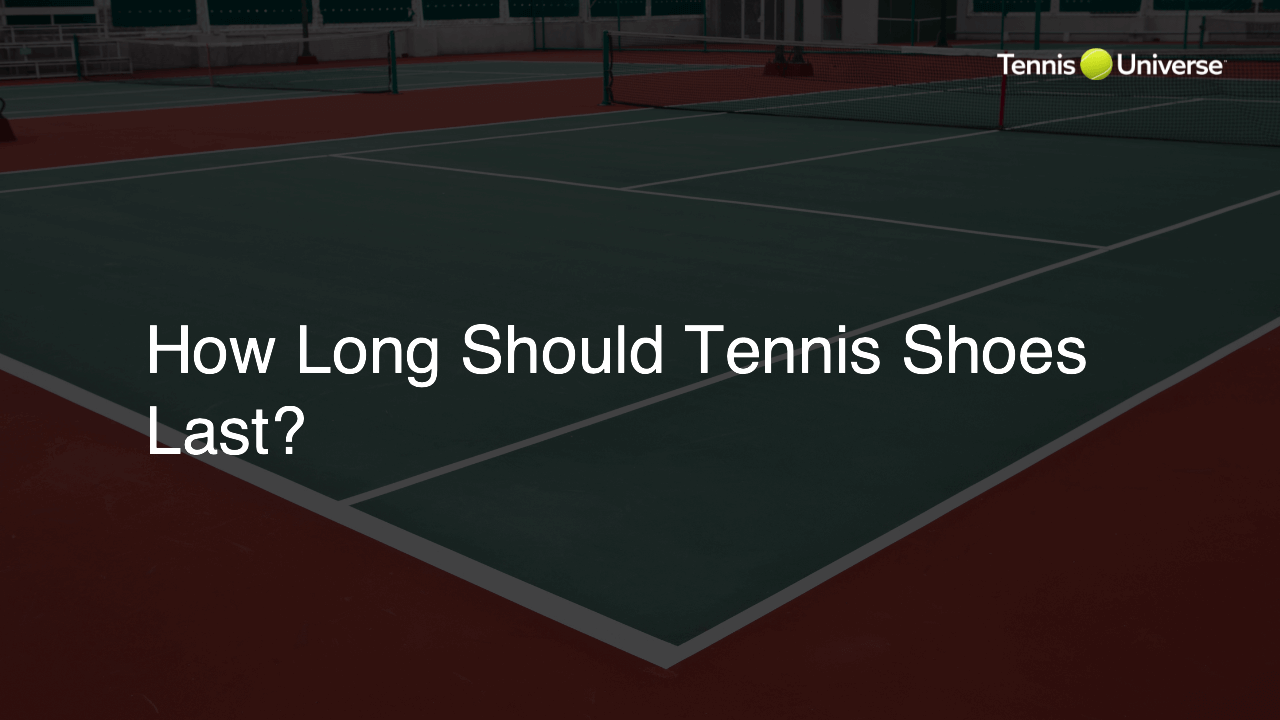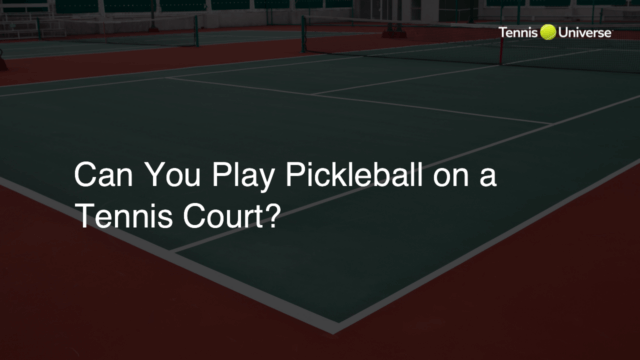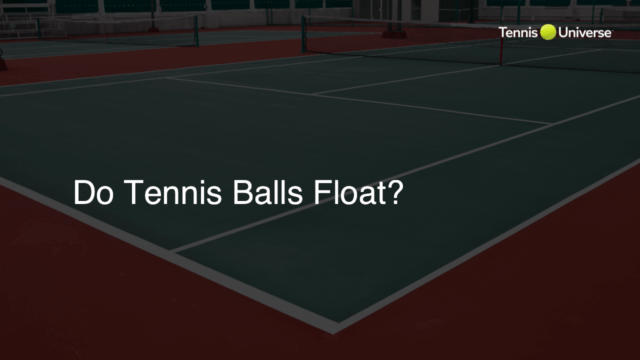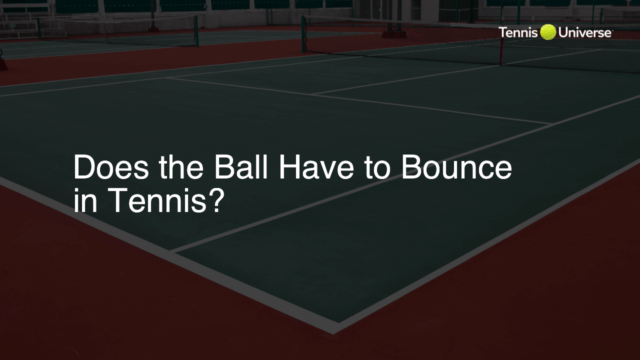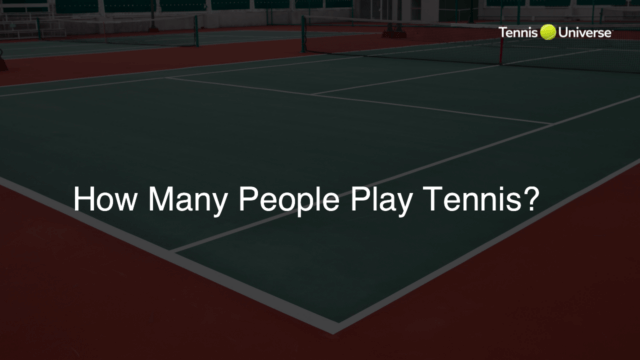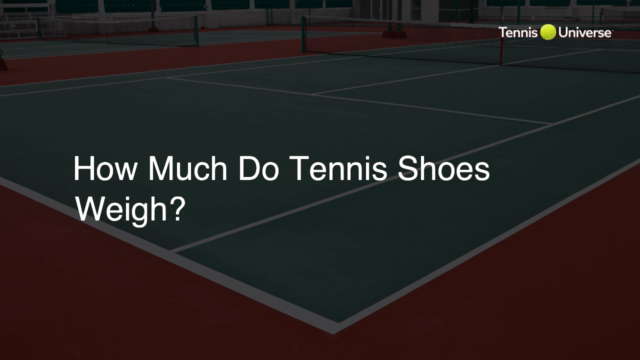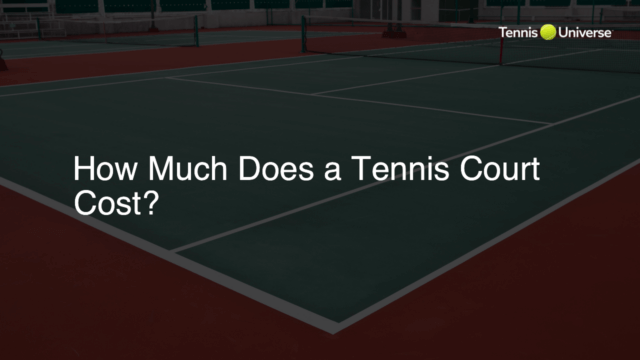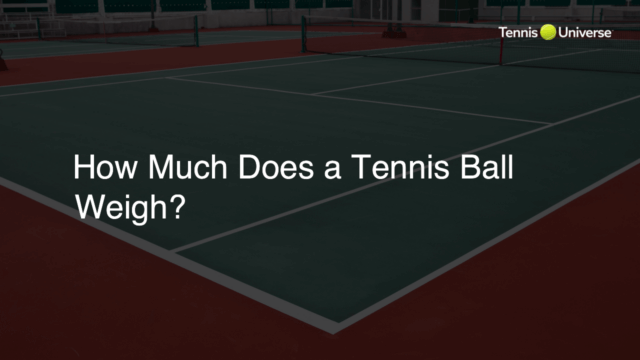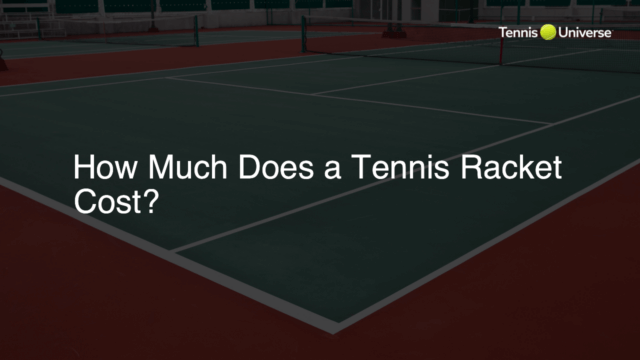Tennis shoes should typically last between 45 to 60 hours of play, depending on factors like playing style, court surface, shoe quality, and player weight. Regular rotation and proper care can extend their longevity.
Factors Influencing Tennis Shoe Lifespan
Several factors dictate how long tennis shoes last, such as playing style, court surface, shoe quality, and player weight. Let’s take a closer look at each of these factors.
Playing Style
Aggressive players who frequently change direction and make sudden stops put more stress on their tennis shoes, causing them to wear out faster. Defensive players who rely more on finesse and footwork may experience less shoe wear because their movements are often smoother and more controlled.
Court Surface
The type of court on which you play also affects the lifespan of your tennis shoes. Hard courts are generally more abrasive and can cause shoes to wear out more quickly than softer surfaces like clay or grass courts. Choosing tennis shoes designed specifically for the court surface you play on most frequently can help prolong their lifespan.
Shoe Quality
Investing in high-quality tennis shoes made from durable materials is key to extending their life. While more expensive, these shoes will withstand the rigors of intense play better than their cheaper counterparts. Pay attention to the soles and cushioning, as these are the areas of the shoe that experience the most wear.
Player Weight
Heavier players put more pressure on their tennis shoes, leading to increased wear and tear. To offset the added stress on the shoe, heavier players may need to invest in shoes with additional cushioning and support or replace their shoes more frequently.
Extending Tennis Shoe Life through Rotation and Care
Rotation
Rotating two or more pairs of tennis shoes can extend their lifespan as it gives each pair a chance to rest and recover between uses. This also allows the cushioning and support to return to its original state, reducing the risk of injury.
Care and Maintenance
Proper care and maintenance of your tennis shoes can also help prolong their life. Clean the soles after each use to remove dirt and debris and avoid washing machines and dryers, as these can damage the shoes’ materials. Additionally, keep your tennis shoes solely for tennis practice and matches, rather than using them as everyday footwear.
Recognizing When to Replace Tennis Shoes
While tennis shoes should generally last between 45 to 60 hours of play, it’s crucial to monitor their condition regularly and replace them when needed. Signs that it’s time for new shoes include worn out soles, lack of cushioning, a loose fit, or discomfort during play. Remember that using a worn-out tennis shoe can not only affect your game but also increase the risk of injury, just like playing with a damaged tennis racket.
Selecting the Right Tennis Shoes
Choosing the proper tennis shoes is just as important as knowing when to replace them. The right pair will offer optimal support, stability, and comfort during play, which directly impacts your performance. Follow these tennis tips when selecting your next pair:
Consider Your Foot Type
Identify your foot type (neutral, overpronation, or supination) to make sure you choose shoes that provide the correct support for your arches. Performing a wet footprint test or consulting with a footwear specialist can help you determine your foot type.
Examine the Sole Pattern
The sole pattern is an essential aspect of tennis shoes, as it determines the level of traction and grip on different court surfaces. For hard courts, look for herringbone patterns, which offer a good balance between grip and sliding ability. For clay courts, find shoes with a full-length herringbone pattern, which provides better grip and prevents clay from clogging the sole.
Check the Upper Materials
The materials used for the upper part of the shoe will impact breathability, flexibility, and overall comfort. Synthetic leather, mesh, and textiles are popular choices, with each offering different benefits–consider your personal preferences and playing conditions when making a decision.
Investing in Advanced Tennis Shoe Technologies
Many shoe manufacturers develop cutting-edge technologies to further enhance the durability, support, and comfort of tennis shoes. Some examples of commonly found technologies include:
GEL Cushioning
GEL cushioning in the shoe’s midsole absorbs shock, increases responsiveness, and provides better comfort during play. This can be beneficial for players with a history of injuries or those wanting increased longevity from their tennis shoes.
Reinforced Uppers
Reinforcements in high-wear areas, such as the toe and medial side of the shoe, can prolong its lifespan by providing extra durability and protection against on-court abrasions.
Energy-Returning Midsoles
Some tennis shoes feature energy-returning midsole technology, which can provide a responsive feel, reduce muscle fatigue, and extend playing time without affecting the shoe’s longevity.
Investing in quality tennis shoes with advanced features can provide significant benefits for both your game and your long-term comfort. Keep these tennis tips in mind when shopping for your next pair and enjoy better performance on the court.
Frequently Asked Questions
After reading this blog post about the lifespan of tennis shoes, you may have some questions. In this section, we’ll address a few commonly asked questions to provide further clarity and insight.
How can I determine my foot type to choose the right tennis shoes?
You can perform a wet footprint test at home by wetting the sole of your foot and stepping onto a paper towel or grocery bag to leave a print. The shape of the print will help you identify your foot type: neutral, supination, or overpronation. You can also consult with a footwear specialist at a shoe store for a more detailed analysis.
Can I use running shoes for tennis?
While it’s not recommended, using running shoes for tennis can result in decreased stability, support, and durability due to the differences in design and construction. Tennis shoes are specifically built to handle the lateral movements and sudden stops frequently seen in tennis matches, while running shoes are designed for forward motion and may not provide adequate support for side-to-side movements.
How do I clean and maintain my tennis shoes?
To clean your tennis shoes, remove dirt and debris from the soles after each use. You can use a soft brush or cloth to wipe down the uppers and remove surface dirt. Avoid washing machines and dryers, as they can damage the shoes’ materials. Instead, allow your shoes to air dry naturally and use baking soda or a deodorizer to neutralize odors.
Should I wear different shoes for different court surfaces?
Yes, it is ideal to wear tennis shoes designed specifically for the court surface you play on most frequently. Tennis shoes come with different sole patterns, cushioning, and construction to provide optimal traction and durability on various surfaces like hard courts, clay courts, and grass courts. Wearing appropriate shoes for each surface helps enhance your performance and prolong your shoes’ life.
How do I know when my tennis shoes need replacing?
Monitor your tennis shoes’ condition regularly, checking for signs like worn-out soles, loss of cushioning or support, a loose fit, or discomfort during play. Generally, tennis shoes should last between 45 to 60 hours of play, but personal factors may cause this to vary. Replacing your shoes when they show significant wear can prevent injury and improve your on-court performance.

